Blue tones make up this bedroom makeover. Check out the Sherwin-Williams colors used at the bottom of this post.
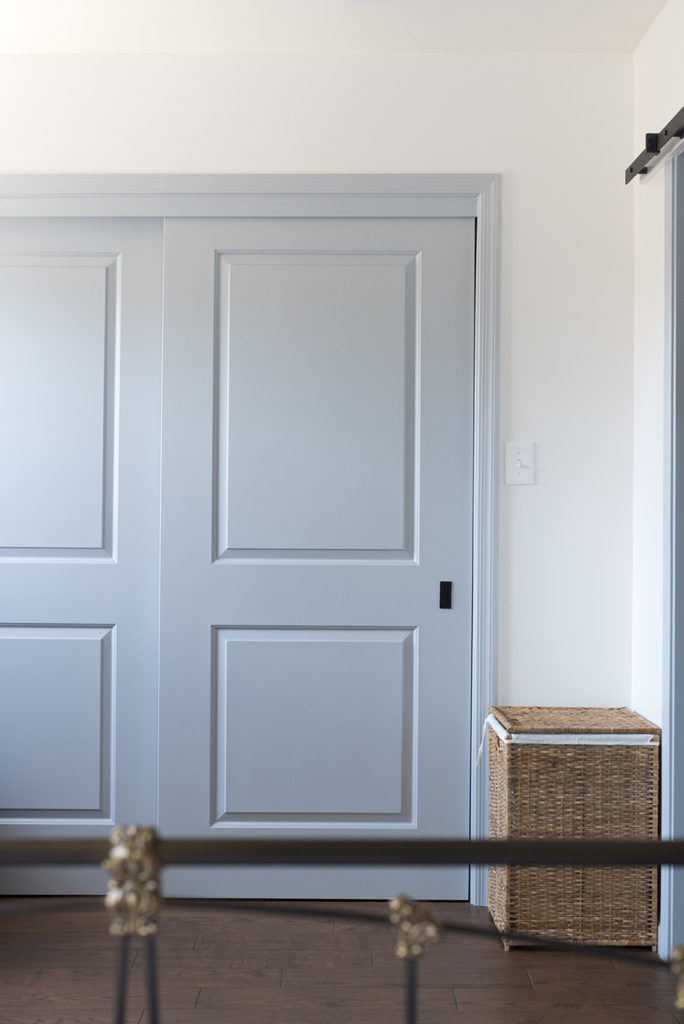
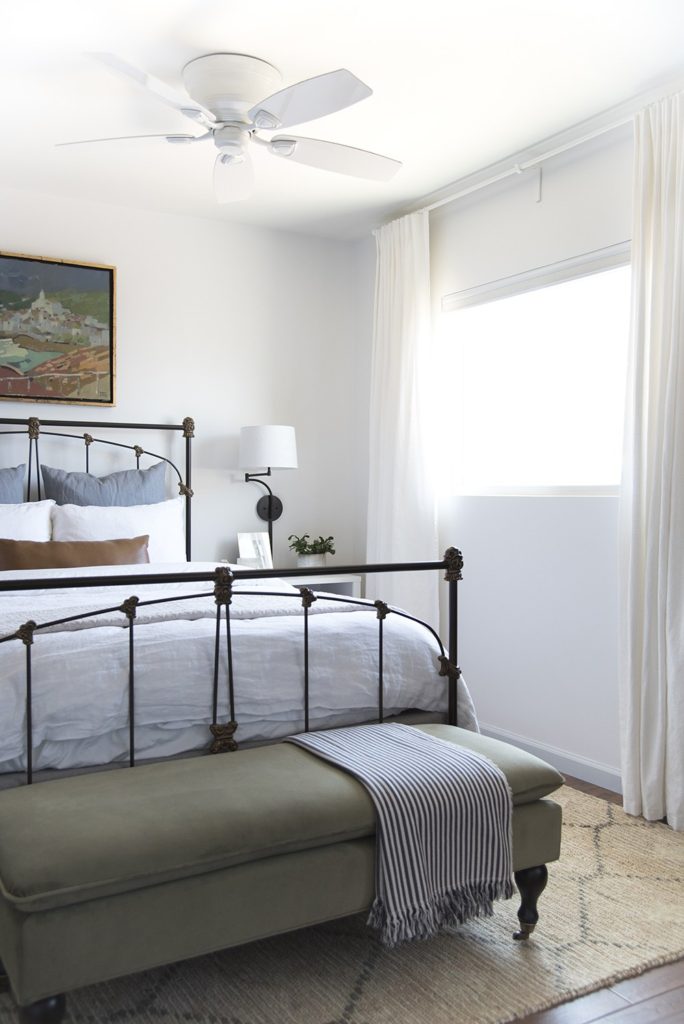
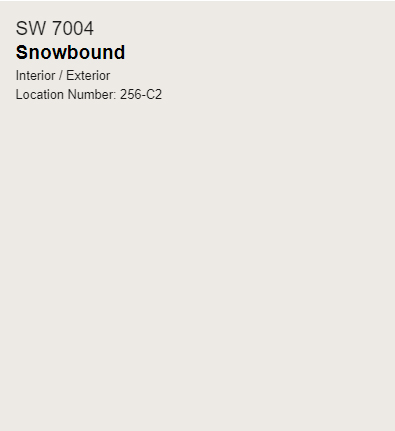
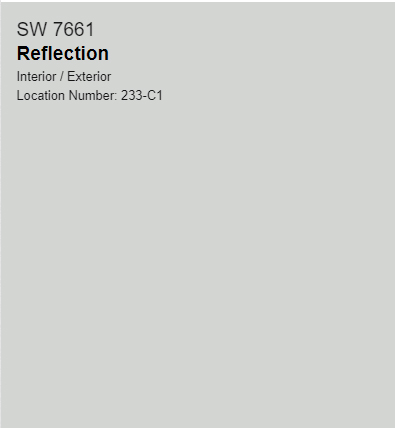
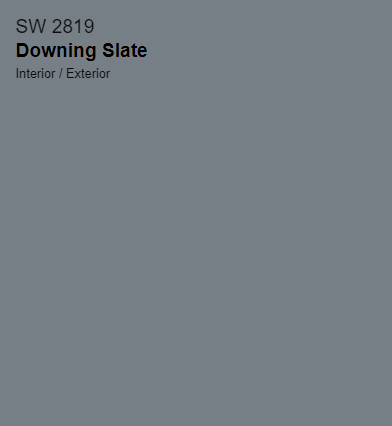
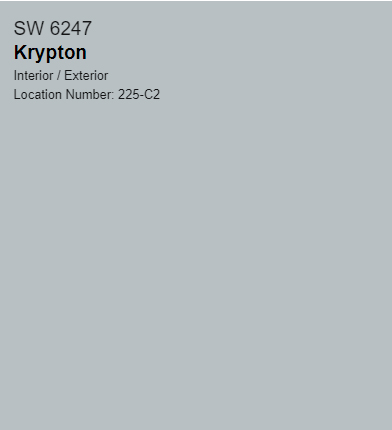
Contact Mike Nading aka The Paint Doctor for your residential or commercial painting projects 541-497-3804.
According to Sherwin-Williams, “The end of a hall can be the perfect spot to feature an unexpected hue that might otherwise overpower an entire room. Encourage more than a passing glance by displaying interesting artifacts on a narrow console.”
This is a scaled down version of an accent wall, which can add a lot of interest to a living space without taking over. When you schedule us for your interior paint project, be sure to ask about adding an accent wall.
The colors in this featured project include:
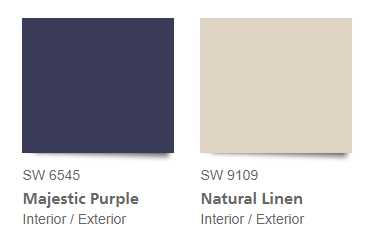
Gracefully giving classic farmhouse design a fresh, modern update, this palette offers hues of blue and green that are both airy and serene … and perfect for pairing to create rooms of respite and retreat.
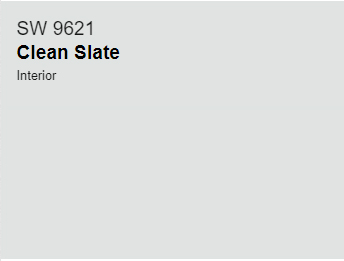

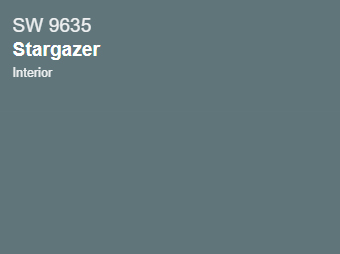
See the full palette at Sherwin-Williams.
When you are choosing your paint color be prepared to the answer the question of sheen, which is how shiny of dull you want your finished product. High-sheen (glossy) surfaces are typically easier to keep clean. These paint formulations traditionally produce the toughest and most stain-resistant finishes – that’s why high-gloss finishes are common in bathrooms, high-traffic areas and kids’ rooms. On the down side, glossy surfaces draw attention to even the smallest flaws in the texture of the wall. If the intention is to hide or downplay a space, high-sheen paint should be avoided.
Most brands of paint come in several sheens, and both latex and oil-based paints are available in different sheen levels. Gloss sheens have the highest light-reflective characteristics. Next are semigloss sheens; then satin, eggshell, or low-lustre sheens; and then flat or matte sheens.
You’ve got some painting to do and you may be thinking, “I’ll just paint it white.” Not so fast, there Skippy. White is almost never pure white. There are undertones with as many tints, tones and saturations as you can imagine. So even when you are choosing white, you need to choose the right white.
To get a good idea of the range, you can visit Sherwin-Williams Digital Color Wall. You can enter “white” in the search or just check out the white end of the spectrum you see on your screen.
It’s also a good idea to get a bunch of color chips. You can get up to 10 2″ x 3″ ColorSnap color chips delivered free from Sherwin-Williams. With the color chips, you can see them in your home with other décor objects and in your home lighting.
White is a good choice. Which white is not so easy. Ask the Paint Doctor which whites they use the most.
Painting an entry door is usually a project in itself. Often the color and sheen are unique and can really create a statement for the exterior of the home.
Entry doors are often made of materials you don’t find anywhere else on the house exterior – perhaps fiberglass or steel. These surfaces require a thorough knowledge of primers for coverage, adhesion and longevity. Often the finish coat application is similar to automotive painting and requires a deft touch with the sprayer.
Windows in doors (called lights) can vary in configuration and construction techniques. Some door manufacturers will premask the lights. Some lights require experience with the glazing, which can spill over onto the surface to be painted. Think about the number of masked edges on a 15 light door. That’s 45 pieces of tape per single door side or 180 pieces on a double french doors inside and out. That’s a lot of masking!
Door sealing along all edges is essential, since it is exposed to higher humidity than most interior doors. Sealing the edges can prevent moisture penetration, which can prevent discoloration, delamination and warping.
Got an entry door that needs painting? Call the doctor.
Pro painters know how to properly load a brush for cutting in, for outside corners, open wall space and trim details. Not enough paint means you’ll over work it trying to get the coverage. Too much paint means you’ll lack control on your edges and eventually have a dripping mess on your hands.
Pro painters know how to load the brush and how to get consistent coverage and leveling by applying paint with the right speed and pressure. It’s a pro move. Your best pro move might be to call the Paint Doctor to avoid those unsightly brush marks.
Professional painters use professional equipment. It may seem to some that a paint brush is just a stick with bristles. There is a lot more to these essential tools than first meets the eye. You will get your best results matching the brush to the paint and to the job at hand. Sherwin-Williams offers some great help with it comes to choosing the right brush for your project:
Sherwin-Williams paint brushes come in a variety of sizes, end types and bristles. A high-quality brush can mean a better-looking job with less effort. Why? Because a good-quality brush holds more paint and applies it more evenly, which can save you time and help you get the results you want.
Sherwin-Williams paintbrushes are available in widths from 1 to 4 inches. The size you select is up to you, but a good rule of thumb is: